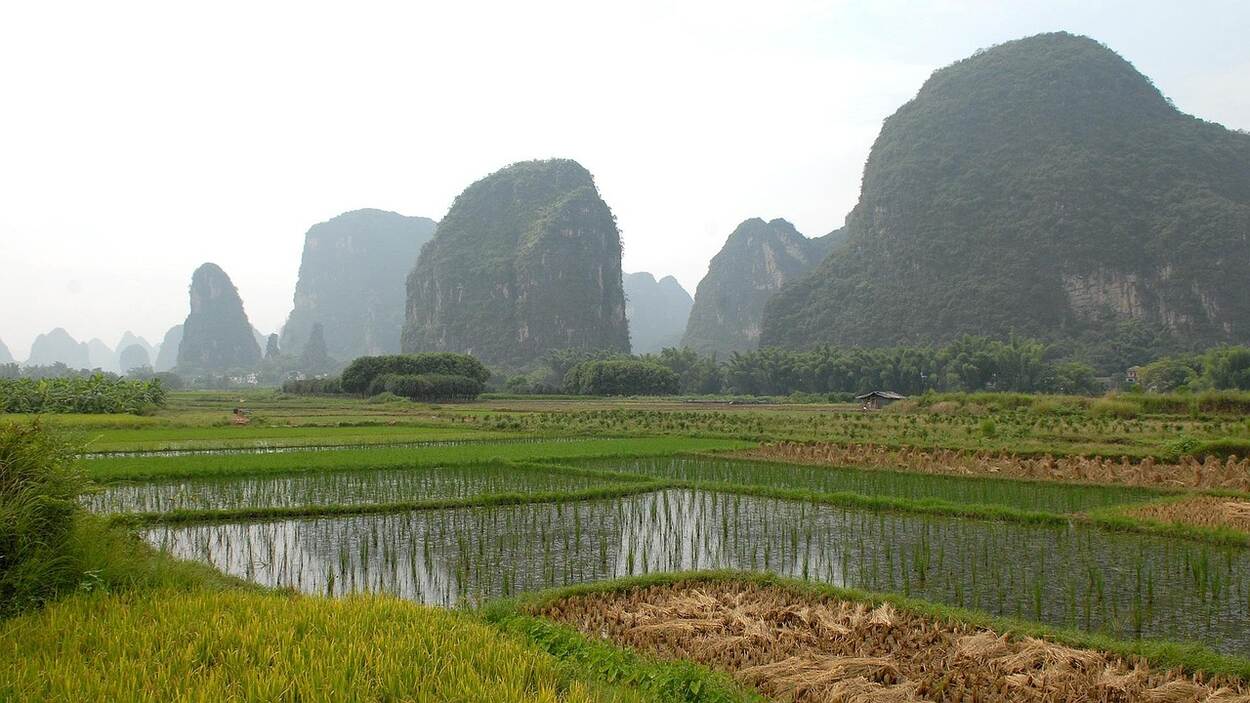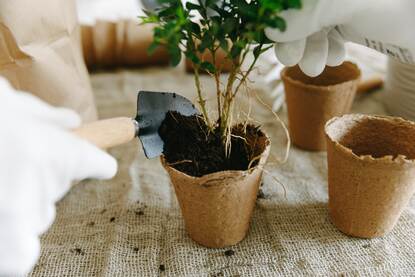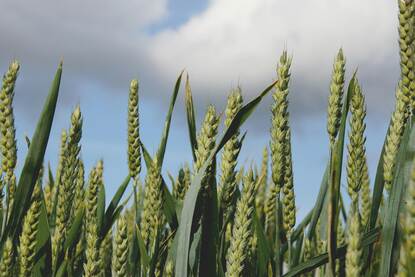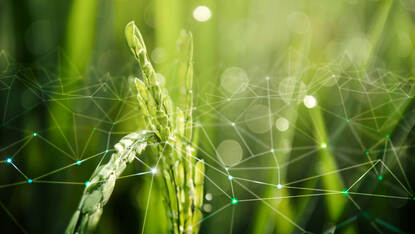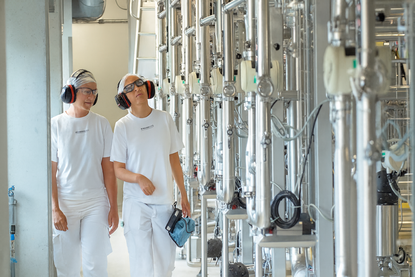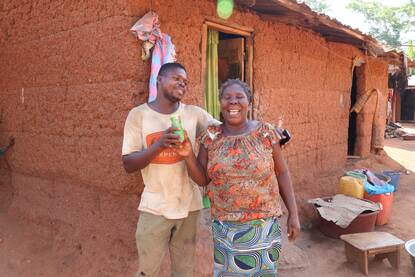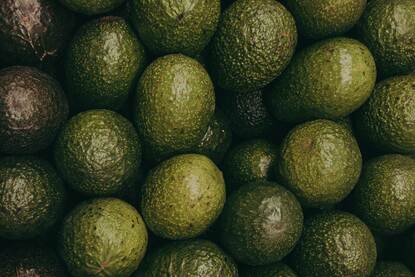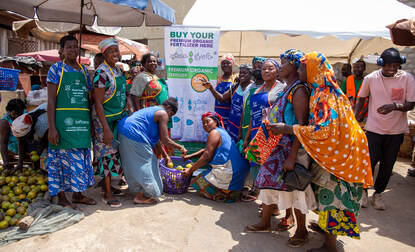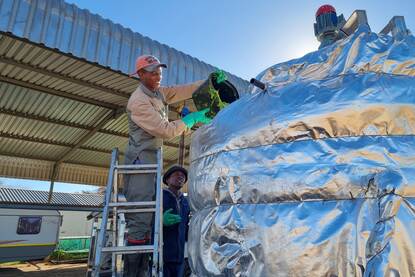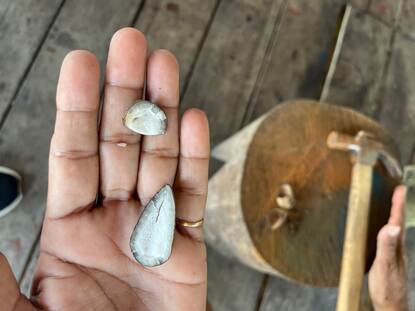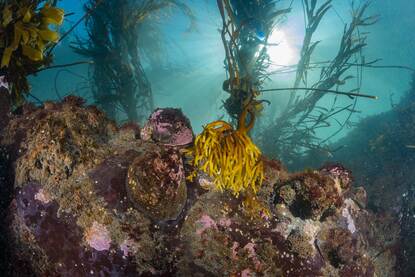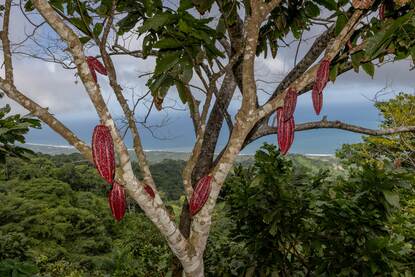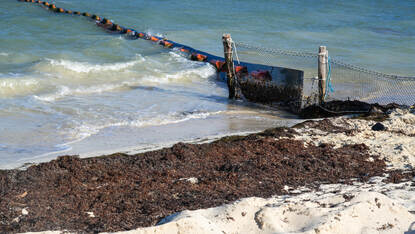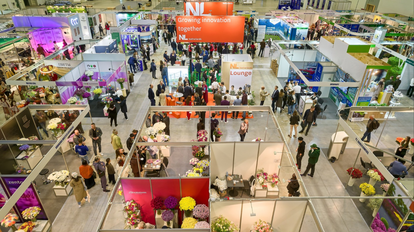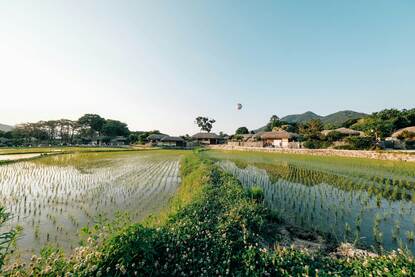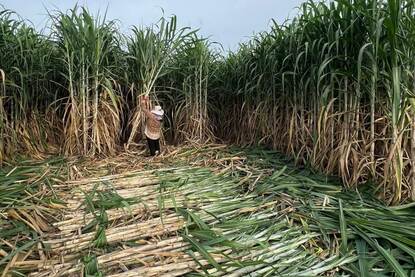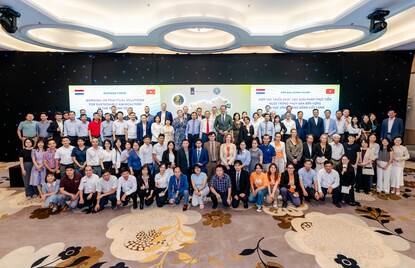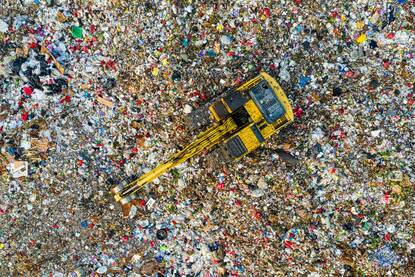Foto Source: Pixabay
Every year, China produces 865 million tons of crop straw and 3.05 billion tons of livestock and poultry manure. At the same time, the country is turning more than 100 million tons of annual agricultural waste into new sources of energy, fertilizers, and materials. Backed by national strategies and local policies, China is building a bioeconomy that addresses land and resource constraints while creating fresh business opportunities. Dutch companies are already playing a role through replacing non-renewable peat with coconut-based alternatives and supplying branch chipping technology for organic farming and rural development. This shows how Dutch expertise in circular agriculture can align with China’s green transition and open doors for deeper cooperation.
In recent years, China’s bioeconomy has emerged as a high-growth field with abundant practical chances for industrial development and technological application. It is not a short-term policy instrument but a long-term national strategy. The aim is to unlock new value chains, drive high-quality growth, and build a solid foundation for sustainable development.
By focusing on the bioeconomy, China addresses critical challenges such as limited arable land, low resource efficiency, and rising demands for food and energy. At the same time, it stimulates technological innovation, strengthens related industries, and promotes regulatory modernization.
Agriculture plays a central role in this transformation. As a key source of biological resources, agriculture is one of the main practice fields of the bioeconomy. The agricultural bioeconomy is not only a long-term strategic priority for China but also a pathway to new global opportunities in circular agriculture technologies. These opportunities include upgraded technology, economic development, and enhancing reputation through turning waste into resources.
Core directions in China’s agricultural bioeconomy
The integration of the bioeconomy and agriculture is most visible in three areas: optimizing production chains, recycling resources, and applying technological innovation.
These three directions were chosen because they each address the core needs of agricultural development: optimizing production chains solves the problems of low added value in traditional agriculture, recycling resources resolves the issues of agricultural waste and pollution, and applying technological innovation provides key support for implementation. Key directions include:
-
Turning waste into value: Circular utilization lies at the heart of the bioeconomy. Agricultural residues such as crop straw, livestock manure, and processing by-products are increasingly regarded as important biomass resources with economic, environmental, and societal value, for example. Every year, China produces 865 million tons of crop straw and 3.05 billion tons of livestock and poultry manure.
-
Biomass energy: crop straw and manure are fermented to produce biogas for power generation or heating.
-
Bio-based return to fields: livestock and poultry manure can be composted or dried and then applied as organic fertilizer. Straw and pruned branches from orchards are returned to the soil, improving fertility and reducing erosion.
-
Reprocessing agricultural residues: woody materials can be converted into bio-based materials while coconut shells are used as substrates.
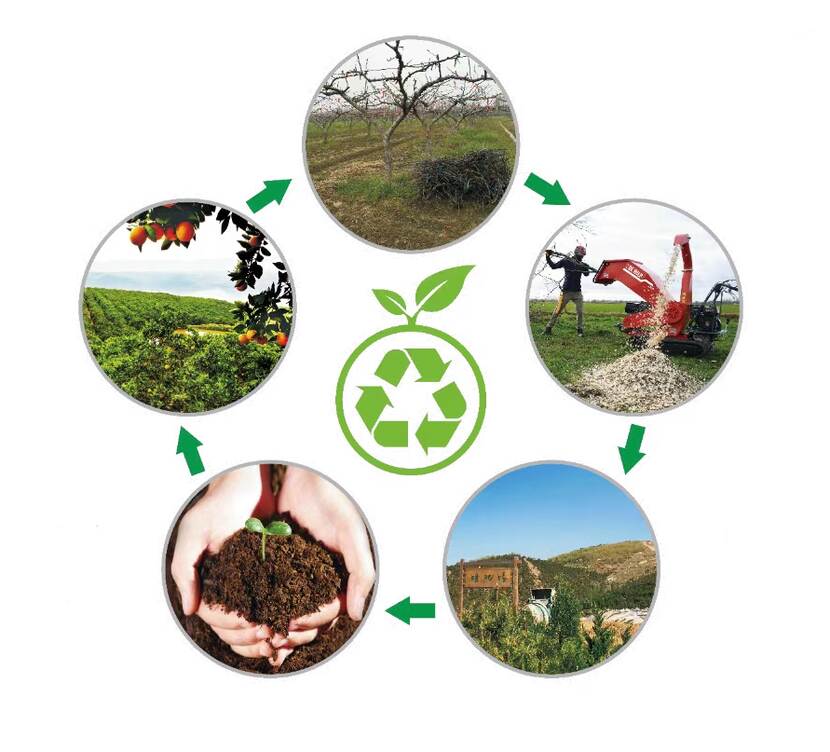
Regulatory framework supporting the bioeconomy
China advances its bioeconomy through a combination of top-level strategies, industrial policies, and legal regulations. Together, these create both the policy direction and the legal foundation for development.
These measures cover a broad spectrum — from sustainable resource management and the application of new technologies to the introduction of circular economy models. In this way, strategy and policy set the priorities, while legislation provides the binding framework and incentives that make progress possible.
The following are the main elements that underpin China’s bioeconomy:
-
National strategies: the ‘Outline of the 14th Five-Year Plan for National Economic and Social Development and the Long-Range Objectives for 2035’ lists the bioeconomy as a strategic emerging industry. Dedicated plans, including the ‘14th Five-Year Plan for the Development of the Bioeconomy’ and the ‘14th Five-Year Plan for National Agricultural Green Development’, set clear priorities for agricultural bioeconomy. These plans specifically emphasize the sustainable utilization of agricultural biomass resources and the development of high-quality systems to advance green and efficient agricultural development.
-
Legal framework: the ‘Law of the People’s Republic of China on Promoting Circular Economy’ establishes the principles of reduction, reuse, and resource efficiency, shifting resource use from linear to circular systems. Examples include precision fertilization and pest control (reduction), livestock feed optimization (re-use), and water conservation (resource efficiency).
-
Local policies and implementation: provinces and municipalities have set quantifiable targets. For example, Zhejiang Province plans to establish 250 new ecological farms to translate national priorities into practice. In addition, Nanjing City in Jiangsu province plans to evaluate and name about 100 municipal ecological farms by 2026.
From national strategy to local action, regulations lay the foundation for the bioeconomy by combining mandatory requirements with incentives. For example, regulations are mandatory, while government subsidies — up to € 1.2 million — act as incentives.
‘At its core, the integration of bioeconomy and agriculture means upgrading traditional farming into a circular, value-added model’
Opportunities for Dutch companies
These policies explicitly encourage circular agriculture, particularly the efficient use of agricultural waste. This creates growing opportunities for Dutch companies with expertise in sustainable agricultural technologies, such as:
-
Coconut substrates: as the global demand for sustainable solutions has increased, substrate companies have begun searching for alternatives to peat — a finite, non-renewable resource that is widely used in horticulture. In this search, they discovered an unlikely resource: coconut shells. Once considered a useless by-product of the coconut milk industry, shells had often been discarded or left to pile up.
For Dutch companies such as Van der Knaap, this discovery became transformative. Coconut shells were no longer wasted but a renewable input that perfectly matched the principles of the circular economy and the bioeconomy. By turning coconut husks into high-quality substrates, these enterprises not only reduce dependence on peat but also create ecological value from a waste stream. The outcome is a triple win: protecting non-renewable resources, offering growers a sustainable product, and delivering social and economic benefits across the value chain.
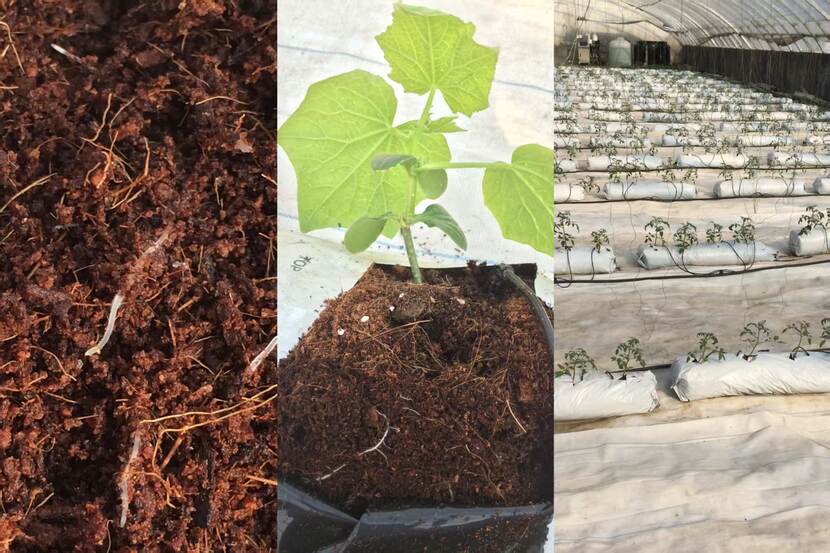
-
Branch chipping: another successful case comes from De Wild, the Chinese subsidiary of the Dutch company GTM Professional. The firm has benefited from China’s rural development policy known as ‘building beautiful villages’, which emphasizes better infrastructure and ecological protection.
A key measure within this strategy is the ban on open burning of straw and branches — long a source of pollution. This regulation created demand for sustainable alternatives, and companies like De Wild stepped in with practical solutions.
De Wild has built on its many years of research and development in branch chipping technology, steadily expanding its market share in China. Its machines are widely used for organic mulching, but the company has gone further by promoting applications in organic tea gardens where chipped branches are composted and returned to the soil as organic fertilizer.
This approach not only lowers production costs for farmers, but also improves the safety and quality of the final products.. By linking technology to ecological farming practices, De Wild sets a strong example of how circular economy principles can be applied in practice.
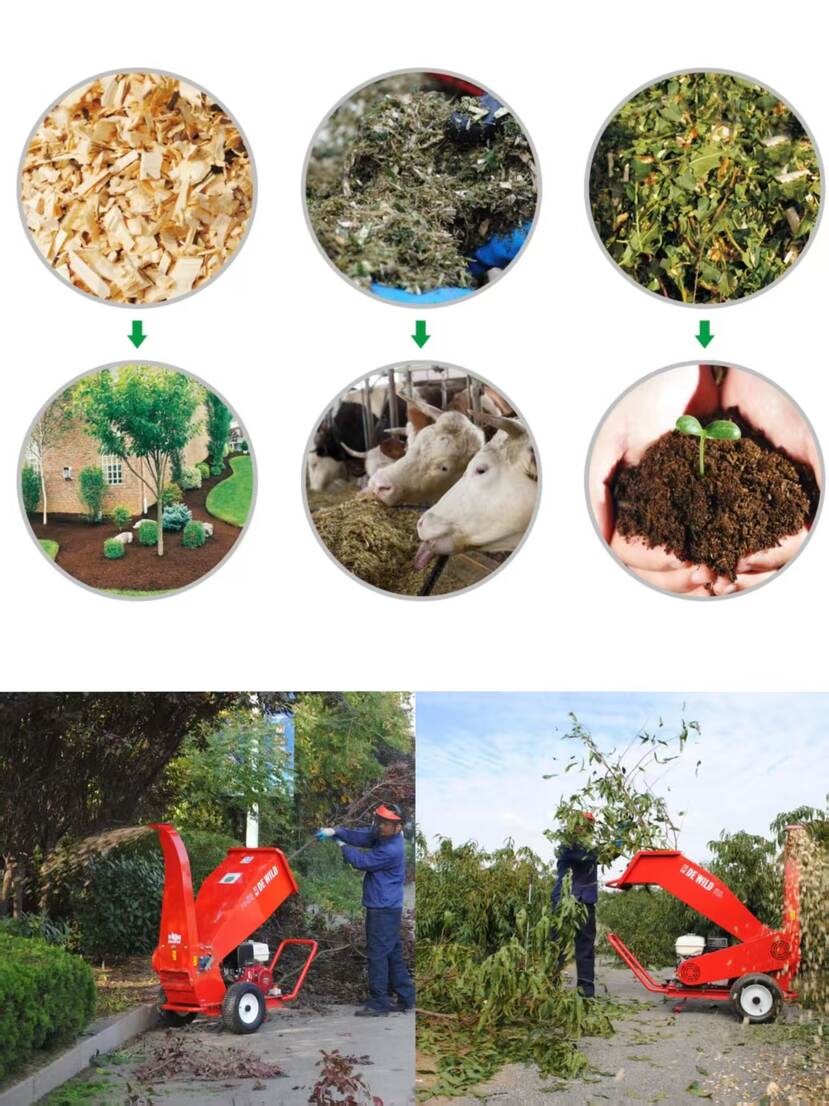
Regulatory trends and technological upgrades
China’s evolving regulatory framework continues to create new prospects. The forthcoming ‘Limits of Harmful Substances in Livestock and Poultry Manure for Field Application’ (expected in 2026) and the updated ‘Technical Specifications for Livestock and Poultry Manure Application to Fields’ (2025) will drive technological upgrades. For example, the revised specifications change the calculation method and recommended application rates for manure. This requires developing more precise calculation models and related software that consider factors such as climatic conditions, soil fertility, and crop types.
Local governments are also taking pioneering steps. In Shanghai, the ‘Notice on the Pilot Implementation Plan for Green Circular Agriculture of Crop-Livestock Integration’ designates four pilot areas with specific farmland manure application targets:
-
Bright Food Group: 109,000 mu (7,250 hectares)
-
Chongming District: 30,000 mu (2,000 hectares)
-
Jinshan District: 24,000 mu (1,600 hectares)
-
Jiading District: 30,000 mu (2,000 hectares)
To support these initiatives, each pilot county will receive at least 10 million RMB annually (€ 1.2 million).
Circular value-added model
At its core, the integration of bioeconomy and agriculture means upgrading traditional agriculture from a linear production model (resources → products → waste) into a circular value-added model (resources → products → recycled resources). This shift is central to the global sustainable transformation of agriculture and offers China a pathway to overcome resource constraints while upgrading its economy.
A concrete example is an edible fungus-production enterprise in Yangzhou, which uses wheat straw mixed with chicken manure as a substrate to grow fungi. This process fully utilizes agricultural waste, reduces costs, ensures soil safety, and produces high-quality edible fungi that are in high demand. For Dutch enterprises, this transition represents a major opportunity. The Netherlands’ strengths in agricultural technology and circular models complement China’s industrial base and policy support.
As regulations and standards continue to evolve, Dutch companies can engage in increasingly advanced areas of collaboration. This not only expands their market presence in China but also enhances their role in shaping sustainable agriculture worldwide.
More information
Would you like to know more about bioeconomy, circular agriculture, and organic-waste valorization in China? You can visit the country page of China at the website Agroberichtenbuitenland.nl of the Dutch Ministry of Agriculture, Fisheries, Food Security and Nature. You can also send an email to the LAN team at the Dutch Embassy in Beijing: pek-lvvn@minbuza.nl.
